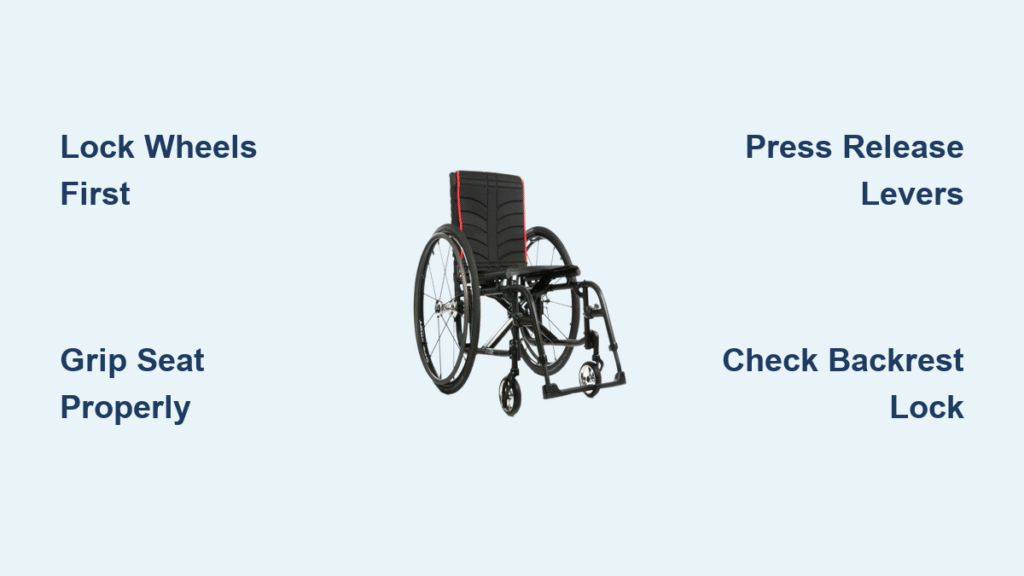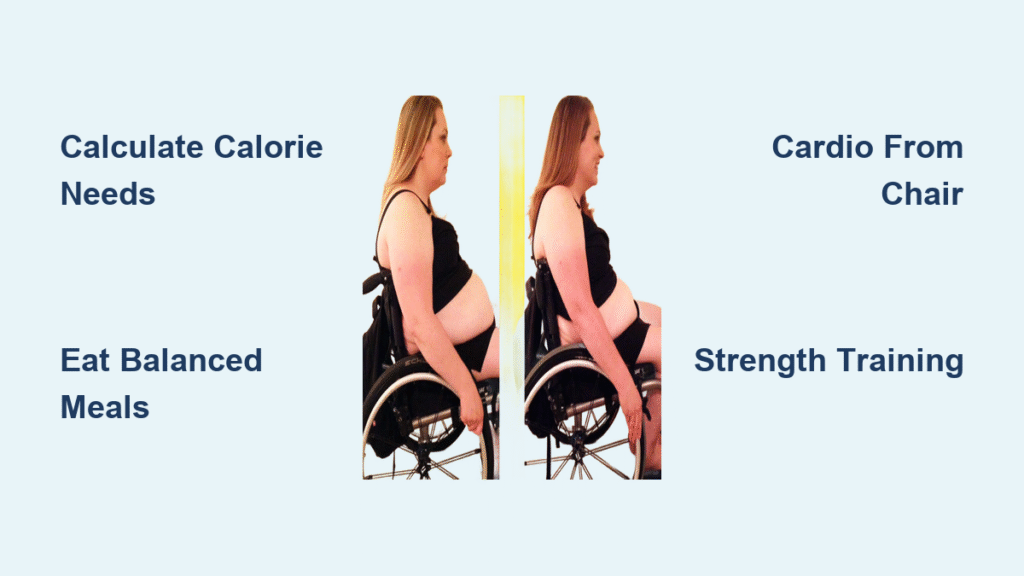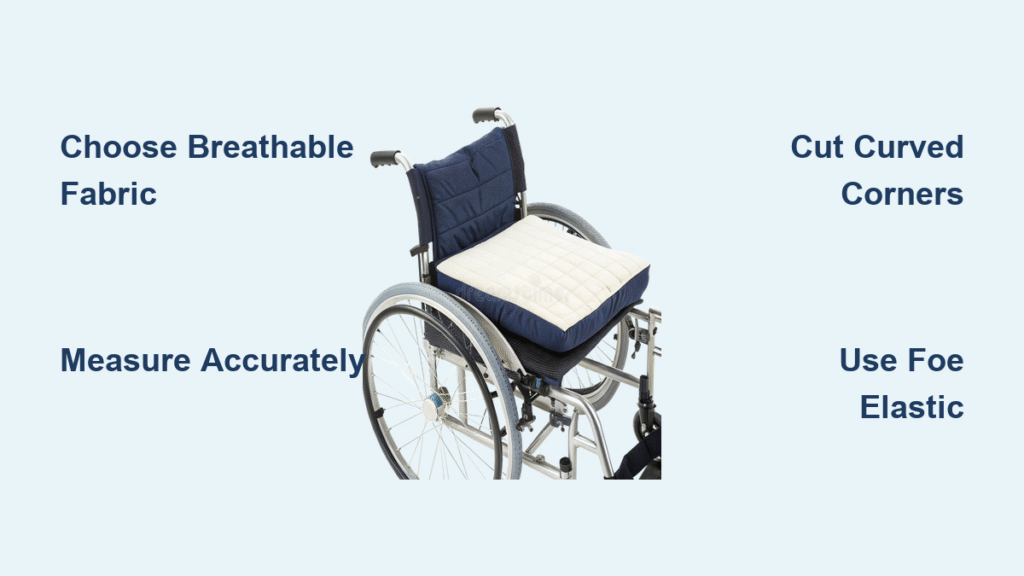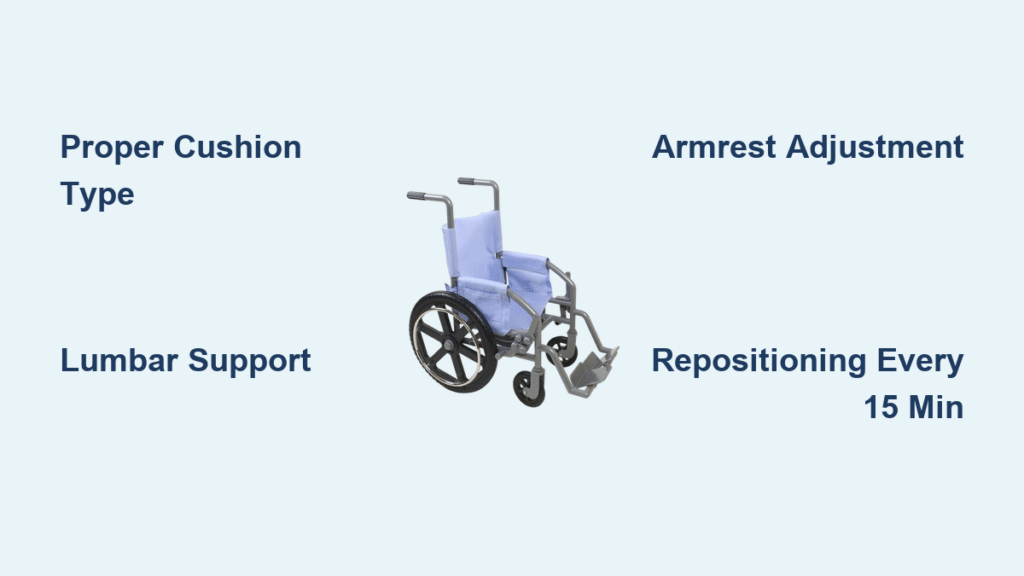Your Quickie wheelchair stops being a mobility solution when it won’t fold properly for your car trunk or closet storage. Thousands of users struggle daily with stiff mechanisms, misaligned frames, and unexpected resistance when trying to collapse their chairs. This guide reveals the exact folding technique that works across all Quickie manual wheelchair models—whether you own the lightweight QXi or heavy-duty M6. You’ll learn how to fold your chair smoothly in seconds while avoiding the three most common mistakes that cause frame damage.
Secure Your Chair Before Folding
Lock the wheels immediately before attempting to fold—this single step prevents 90% of folding accidents. Flip down both wheel locks located on the rear wheel brackets. If your chair rolls during folding, you’ll lose leverage and risk pinching fingers in the cross-brace mechanism.
Position yourself correctly for maximum control: Stand beside your chair at a 45-degree angle, never directly behind it. Place your dominant foot slightly forward for balance. This stance gives you the mechanical advantage needed to overcome initial resistance in the folding mechanism.
Clear all accessories before starting: Remove seat cushions, side bags, and any medical equipment attached to your chair. These items add unnecessary weight that strains the folding joints and can fall during the process. Store them in your vehicle first.
Pro tip: Folding works best on hard, level surfaces. If you’re on carpet or uneven ground, shift your weight slightly toward the chair as you begin the folding motion to maintain stability.
Master the Basic Folding Motion
Find Your Perfect Grip Position
Place your dominant hand on the front edge of the seat fabric near the footrest bracket. Position your other hand on the back edge of the seat where the backrest attaches. Your hands should be about 15 inches apart on the same side of the chair. For larger frames like the M6, widen your grip to 18 inches for better control.
Execute the Fold Without Strain
Pull straight up with both hands in one smooth motion. Don’t jerk or twist—this misaligns the cross-brace joints. You’ll feel initial resistance (stronger in older Quickie 2 models), followed by a smooth collapse as the frame folds inward. The entire process should take 2-3 seconds when done correctly.
Model-Specific Folding Techniques
- QS5 X owners: Your FreeFold design reduces required force by 40%. Use a gentle upward motion—aggressive pulling can cause overspeed folding
- Quickie 2 users: This classic model requires firm, consistent pressure. If it sticks, check for debris in the cross-brace joints
- QXi/QX models: The lightweight aluminum frame folds with minimal effort. Watch for sudden collapse on the final inch
- M6 heavy-duty: Position yourself closer to the chair and engage your leg muscles. This 650-pound capacity model requires the most force
Warning: Never fold your chair while seated or with weight on the seat. This damages the cross-brace mechanism and voids your warranty.
Fold the Seat Back for Maximum Portability
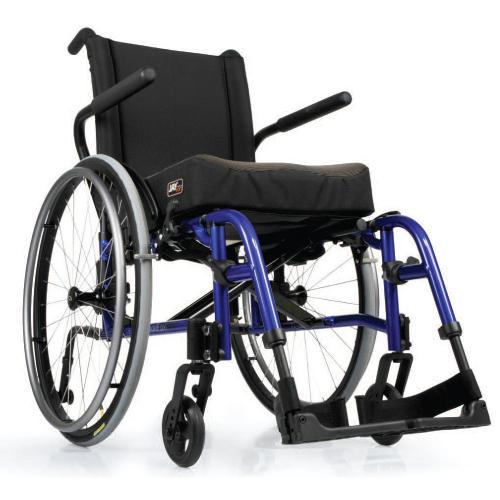
Access the Fold-Back Mechanism
Locate the small release levers on both sides of the backrest support poles, approximately halfway up the chair. These are typically black plastic tabs that move inward toward the pole. On newer QS5 X models, these levers have a textured grip surface.
Complete the Seat Back Fold
Press both levers inward simultaneously while gently pulling the backrest forward. The backrest should lower smoothly onto the seat. If it sticks, check that both levers are fully depressed—uneven pressure causes binding.
Secure for Transport
On most Quickie models, the backrest locks automatically in the folded position with an audible click. Verify this by attempting to lift the backrest slightly. If no click occurs (common on older Quickie 2 frames), secure it with a bungee cord during transport.
Pro tip: Fold the seat back only after collapsing the main frame. Attempting both motions simultaneously strains the backrest attachment points.
Remove Quick-Release Wheels for Compact Storage

Proper Wheel Removal Technique
Press the silver button in the wheel’s center hub with your thumb while pulling the wheel straight outward. Don’t twist or wiggle—the wheel should slide off smoothly with minimal force. If resistance occurs, check that you’re pressing the center button fully.
Safe Wheel Storage
Store removed wheels with the handrims facing down to prevent deformation. In vehicles, place them in a mesh bag or between folded chair frame and trunk wall. Never stack heavy items on removed wheels—they can develop flat spots.
Reinstallation Checklist
- Align the wheel hub precisely with the axle stub
- Push straight inward until you hear a distinct double-click
- Test by pulling outward—properly installed wheels won’t budge
- Verify both wheels are installed at equal heights
Critical: Always reinstall wheels before unfolding the chair. Attempting to unfold with wheels removed damages the axle brackets.
Unfold Your Wheelchair Without Mishaps
Surface Preparation Matters
Place your folded chair on hard, level ground before unfolding. Grass, gravel, or carpet creates instability that leads to uneven unfolding and potential tipping. Position the chair so the seat rail openings face you directly.
Unlock the Frame Safely
Place both hands on the inside of the seat rails. Push downward with steady pressure—don’t slam or drop the chair open. The frame should expand outward smoothly. You’ll hear a definitive “click” when the frame locks into position.
Post-Unfolding Verification
Check these four critical points before sitting:
– Seat fabric lies completely flat with no wrinkles
– Side seat poles are fully seated in frame grooves
– No visible gaps between seat and frame
– Backrest locks securely into upright position with no play
Warning: Never sit in a partially unfolded chair. This causes immediate damage to the cross-brace joints and may result in collapse.
Troubleshoot Folding Problems Immediately
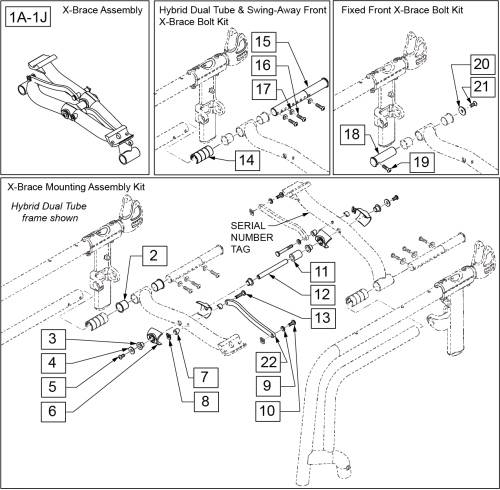
Stiff Folding Mechanism Solutions
If your chair resists folding, first check for debris in the cross-brace joints—hair, fabric threads, and dirt commonly accumulate here. Use a toothpick to carefully remove obstructions. Apply silicone lubricant quarterly to folding points, but never use oil-based products that attract more dirt.
Excessive Force Required Fixes
When your chair demands too much strength to fold:
– Verify both wheel locks are engaged (partial lock causes resistance)
– Check for bent cross-brace components (visible misalignment)
– For QS5 X models, ensure the FreeFold mechanism isn’t stuck
Backrest Locking Failures
If your backrest won’t lock in the upright position:
– Clean the lever mechanism with a soft brush
– Check alignment of backrest posts in frame slots
– Ensure both side levers engage simultaneously
Pro tip: If problems persist, locate your serial number (under the seat on the cross-brace) before contacting Quickie support for model-specific assistance.
Maintain Smooth Folding Long-Term
Monthly Maintenance Routine
Wipe down folding joints with a damp cloth after exposure to rain or snow. Check for loose bolts on the cross-brace weekly—these gradually work loose with regular folding. Test wheel locks monthly for proper engagement by attempting to roll the chair with locks engaged.
Annual Deep Maintenance
Apply silicone-based lubricant to all folding points annually. Inspect seat upholstery for tears that could worsen during folding. Verify your serial number matches warranty documentation. Consider professional servicing if you notice persistent stiffness or unusual noises.
DIY fix: Small frame scratches can be covered with matching nail varnish. This prevents rust and maintains resale value without expensive touch-up paint.
Transport and Storage Hacks
Car Loading Efficiency
Load your folded chair in this order for maximum space efficiency:
1. Place the collapsed frame first (heaviest part down)
2. Add wheels with handrims facing the car interior
3. Position accessories on top to prevent shifting
Space-Saving Home Storage
Install wall hooks at 48 inches height for easy hanging storage. For closet storage, fold the chair completely and roll it under hanging clothes. Over-door hooks work well for daily accessibility—fold the backrest down to reduce height by 40% for tight spaces.
Pro tip: When traveling, practice folding in your vehicle before your trip. This builds confidence and reveals potential space issues early.
Quickie’s universal folding mechanism works consistently across all manual models, making this skill transferable if you upgrade your chair. The key to longevity is proper technique combined with regular maintenance—avoid forcing stiff joints and address minor issues before they become major problems. With just a few practice sessions, you’ll fold your Quickie wheelchair smoothly in less than 15 seconds, transforming it from essential mobility aid to compact package ready for any adventure. Remember: correct folding protects your investment and ensures reliable performance when you need it most.

